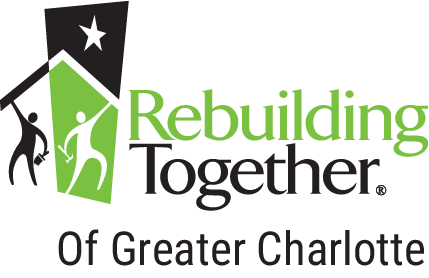Shedding light on the Racial Wealth Gap
The Urban Institute explains how COVID-19 exposes the impact of the racial wealth gap occurring locally. The UNC Charlotte Urban Institute released an in depth report on the various factors of the racial wealth gap with local data on Charlotte-Mecklenburg. During this time, COVID-19 just intensifies these issues that were already occurring within the racial wealth gap and perpetuates the systems creating disparities within our communities.
The racial wealth gap is evident in many parts of Charlotte and directly impacts the work RTGC does and the neighborhoods we partner with. We are on our second year of partnering with the community, Druid Hills, for our Building a Healthy Neighborhood program. According to the Charlotte/Mecklenburg Quality of Life Explorer, Druid Hills' population is 80% African American, and the average annual household income is $25,665 compared to the county average of $61, 695. During this pandemic, we launched our Emergency Repair Program for low-income residents throughout Mecklenburg County to ensure that people can safely shelter in place, which is only possible if they have fair access to safe and healthy housing. The racial wealth gap shows us how race disproportionally impacts unfair access to obtaining safe and healthy housing.
“Race shapes how people experience the coronavirus pandemic, as do wealth and the systemic disparities that have resulted in a racial wealth gap…If you don’t have wealth, you are more likely to suffer the pandemic’s worst outcomes.”
You can join James Ford and Ely Portillo on Twitter each Wednesday at 7:30 pm for #WealthGapWednesdays. They will be moderating conversations with special guests to dive deeper into each section of the report.
May 13: Our Shared History
May 20: Home ownership and the legacy of redlining
May 27: Income and industry
June 3: Business ownership and entrepreneurism
June 10: Savings, investments and intergenerational transfer
June 17: Education as equalizer and other assumptions about closing the gap

